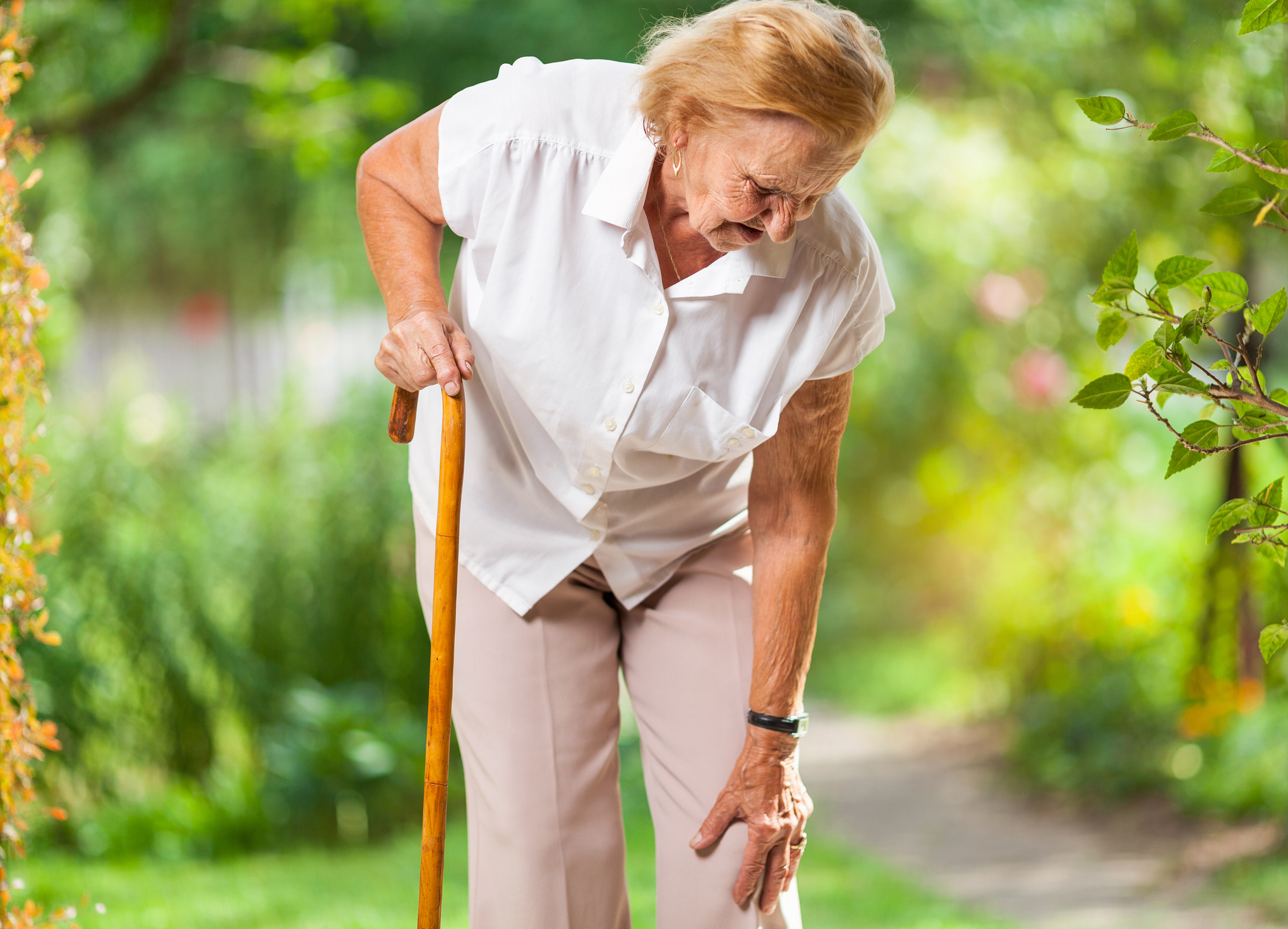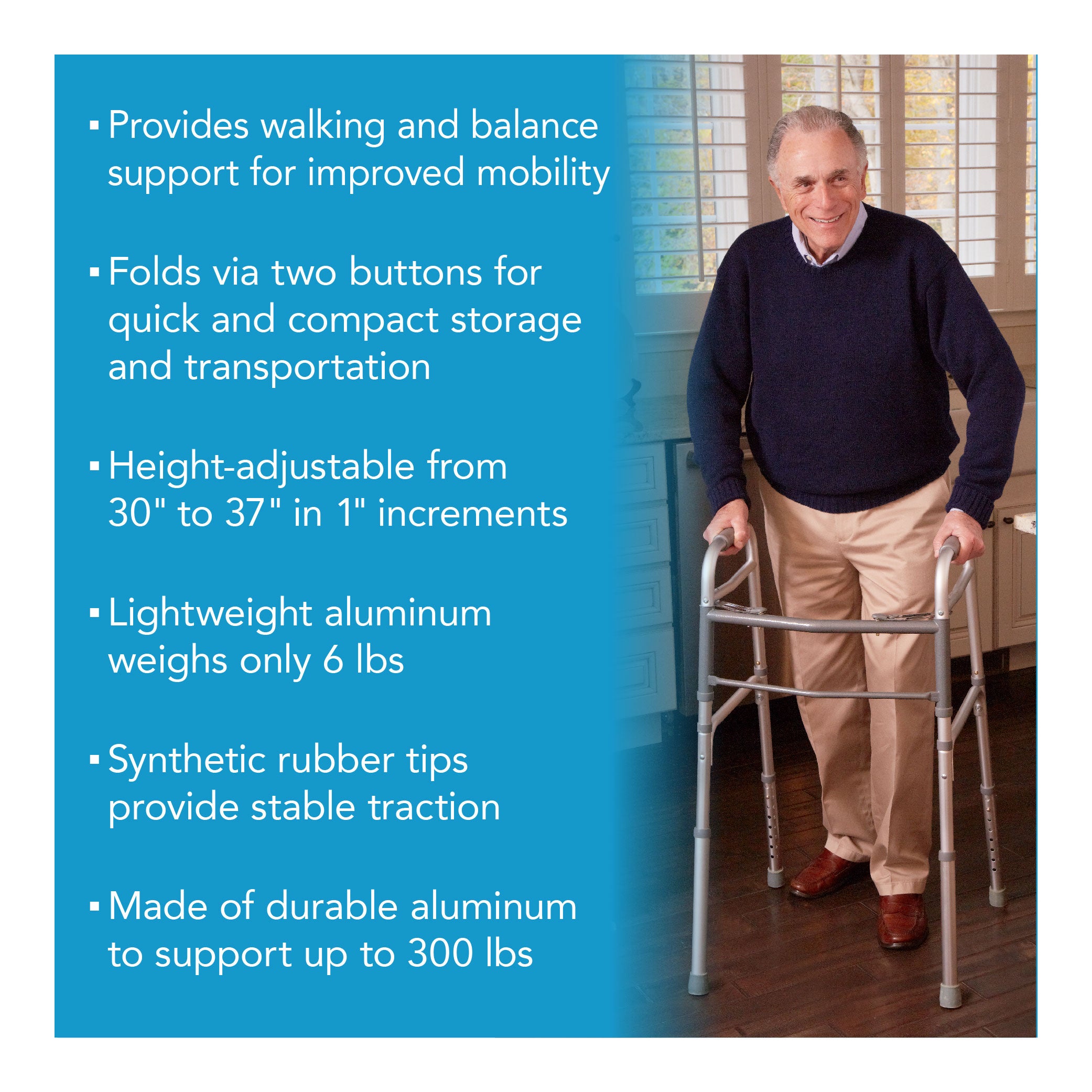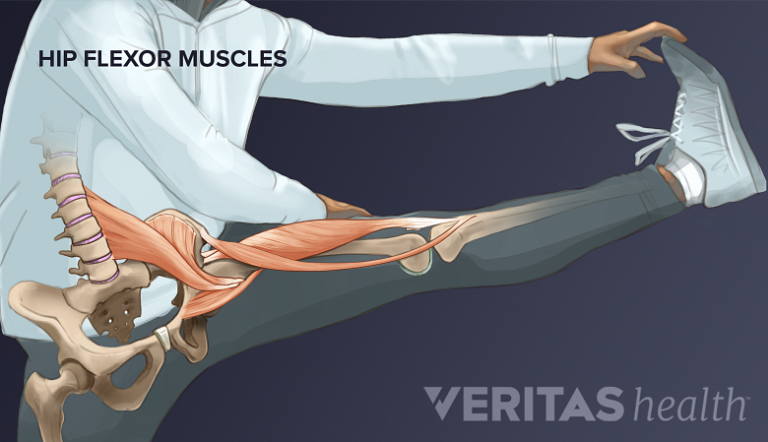How to Improve Walking in Elderly: Vital Tips for Mobility
To improve walking in the elderly, focus on strength and balance exercises. These can help enhance mobility and reduce the risk of falls.
As we age, maintaining physical activity and strength is vital for overall health. Regular exercise, proper footwear, and removing obstacles from walking paths can also assist in improving walking ability. Additionally, making sure the elderly are properly hydrated and have a healthy diet contributes to their overall well-being and improves their walking capabilities.
Encouraging elderly individuals to stay active and engage in regular walking can help maintain their mobility and independence. Implementing these strategies can significantly enhance the walking abilities of the elderly, promoting a healthier and more active lifestyle.

Credit: absolutecompanion.com
Importance Of Walking For Elderly
Improving walking in elderly individuals is crucial for maintaining their overall health and independence. Regular walking can help improve balance, strength, and cardiovascular fitness, reducing the risk of falls and other health issues. Incorporating exercises like leg lifts, heel-to-toe walking, and stretching can further enhance walking abilities in the elderly.
Walking is an essential activity for elderly individuals as it offers a multitude of physical and mental health benefits. Engaging in regular walking routines helps in maintaining mobility, enhancing balance, and preventing age-related health issues such as heart disease and obesity. Moreover, it serves as a simple and enjoyable way for seniors to socialize with others and enjoy the great outdoors. In this article, we will explore the various benefits that walking brings for the elderly.
Benefits Of Walking For Elderly
Walking provides numerous advantages for elderly individuals that contribute to their overall well-being. Let’s delve into some of the most prominent benefits:
1. Physical Health Benefits
Regular walking helps elderly individuals improve their cardiovascular health and reduce the risk of chronic diseases. It increases heart rate and blood circulation, which strengthens the heart and lowers the chances of developing cardiovascular conditions. Additionally, walking aids in maintaining a healthy weight by burning calories and reducing the risk of obesity, thereby reducing strain on the joints and enhancing mobility.
2. Mental Health Benefits
Engaging in daily walking routines also promotes positive mental health among the elderly. It releases endorphins, also known as “feel-good” hormones, which help reduce stress, anxiety, and feelings of depression. Walking outdoors exposes individuals to fresh air, sunlight, and nature, which further enhances their mood and sense of well-being. Moreover, walking provides an opportunity for socialization, as seniors can engage in walks with friends or join designated walking groups in their community.
3. Enhanced Balance And Stability
Walking regularly strengthens the muscles in the lower body, especially in the hips, legs, and core. This increased strength contributes to improved balance and stability, reducing the risk of falls and injuries among the elderly. It also helps maintain bone density, reducing the risk of osteoporosis and related fractures.
4. Reduced Cognitive Decline
Studies have shown that walking can have a positive impact on cognitive health in elderly individuals. Regular walking stimulates brain function, improving memory, attention, and overall cognitive abilities. It has also been associated with a lower risk of developing dementia and Alzheimer’s disease.
Incorporating walking into the daily routine of elderly individuals is crucial for their overall well-being. It is a low-impact form of exercise that provides multiple benefits for physical health, mental well-being, balance, and cognitive function. By encouraging seniors to maintain an active walking routine, we can help them lead healthier, more fulfilling lives.

Credit: www.nationalgeographic.com
Common Mobility Challenges In The Elderly
When it comes to the elderly, mobility challenges are a common concern that can greatly impact their quality of life. Understanding the common mobility challenges in the elderly is crucial in order to address and improve the overall walking ability of older individuals.
Impact Of Aging On Mobility
As individuals age, their mobility can be significantly impacted. Muscle strength and flexibility decrease, reducing the ability to carry out everyday activities without difficulty. Moreover, aging can lead to the development of chronic conditions such as arthritis and osteoporosis, which can further limit mobility and increase the risk of falls.
Conditions That Affect Mobility
There are several specific conditions that can affect the mobility of elderly individuals, including but not limited to:
- Arthritis
- Osteoporosis
- Parkinson’s disease
- Stroke
- Peripheral neuropathy
- Balance disorders
Tips To Improve Walking In The Elderly
Elderly individuals often face challenges with walking, but there are effective ways to help them improve their mobility. By incorporating the following tips into their daily routine, they can enhance their walking abilities and maintain their independence.
Regular Exercise For Strength
Engaging in regular exercise can improve muscle strength and mobility in the elderly.
Balance And Coordination Exercises
Balance exercises, like standing on one leg, can help enhance stability during walking. Coordination exercises, such as practicing walking heel to toe, can also improve movement control.
Assistive Devices For Walking
Using assistive devices, such as canes or walkers, can provide added support and increase confidence while walking.
Improving Environmental Safety
Adapting the environment, by removing tripping hazards and installing grab bars, can reduce the risk of falls and promote safer walking.

Credit: www.foremostpromotions.com
Supporting Overall Mobility In The Elderly
As we age, maintaining mobility becomes increasingly important for overall health and quality of life. Fortunately, there are several strategies that can be implemented to improve walking in the elderly population. In this article, we will focus on two key areas: diet and nutrition for mobility and maintaining a healthy weight.
Diet And Nutrition For Mobility:
Proper nutrition plays a vital role in supporting the mobility of elderly individuals. A well-balanced diet that includes essential vitamins and minerals can enhance muscle strength and reduce the risk of falls. Here are some diet-related tips to consider:
- Consume a variety of fruits and vegetables to obtain a wide range of nutrients. These can help with maintaining muscle function and ensuring a strong immune system.
- Incorporate lean proteins such as poultry, fish, beans, and tofu into meals. These protein sources help with muscle repair and growth.
- Ensure an adequate intake of calcium through dairy products or fortified alternatives like almond milk. Calcium is essential for maintaining strong bones, which are crucial for stability and balance.
- Stay hydrated throughout the day by drinking enough fluids, especially water. Dehydration can lead to muscle weakness and fatigue, impacting mobility.
Maintaining A Healthy Weight:
Maintaining a healthy weight has numerous benefits, including improved walking ability and reduced joint stress. Here are some strategies to promote a healthy weight:
- Avoid consuming excess calories from sugary drinks and processed foods. Instead, opt for whole foods that are rich in nutrients and fiber.
- Engage in regular physical activity, such as walking, swimming, or cycling, to burn calories and maintain muscle mass. Aim for at least 150 minutes of moderate-intensity exercise per week.
- Practice portion control to prevent overeating. Choosing smaller plates and bowls can help manage portion sizes.
- Seek support from healthcare professionals or registered dietitians to create a personalized nutrition and weight management plan.
By focusing on diet and nutrition along with maintaining a healthy weight, elderly individuals can significantly improve their mobility and overall well-being. These lifestyle adjustments can help them maintain their independence and enjoy an active lifestyle for years to come.
Frequently Asked Questions Of How To Improve Walking In Elderly
How Can I Get My Elderly To Walk More?
Encourage regular short walks, starting with 5-10 minutes a day and gradually increasing. Make it enjoyable by choosing scenic routes or walking with a friend. Consider using mobility aids if needed. Implement a routine and provide positive reinforcement. Consult a doctor for personalized guidance.
What Causes Difficulty Walking In The Elderly?
Common causes of difficulty walking in the elderly include arthritis, muscle weakness, nerve damage, and balance issues. These conditions can result from aging, lack of physical activity, or underlying medical conditions. Regular exercise, physical therapy, and assistive devices can help improve mobility.
How Far Should A 80 Year Old Walk Every Day?
An 80-year-old should aim for at least 30 minutes of walking daily, covering around 1 to 2 miles.
Why Is It Harder For Older People To Walk?
As people age, muscles and joints can weaken, leading to decreased stability and balance. This can make walking more challenging for older individuals. Additionally, age-related conditions like osteoarthritis and reduced flexibility can further impact mobility. Regular exercise and strength training can help improve walking ability in older adults.
Conclusion
Improving walking in the elderly is crucial for maintaining their independence and overall health. By focusing on strength and balance exercises, proper footwear, and regular medical check-ups, we can help seniors maintain their mobility and enjoy a better quality of life.
Small changes in daily habits and environments can make a big difference in supporting the elderly in staying active and healthy.






